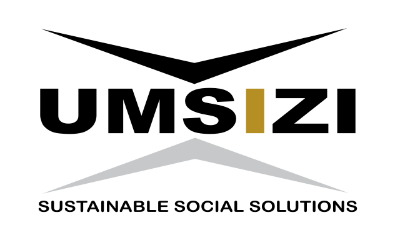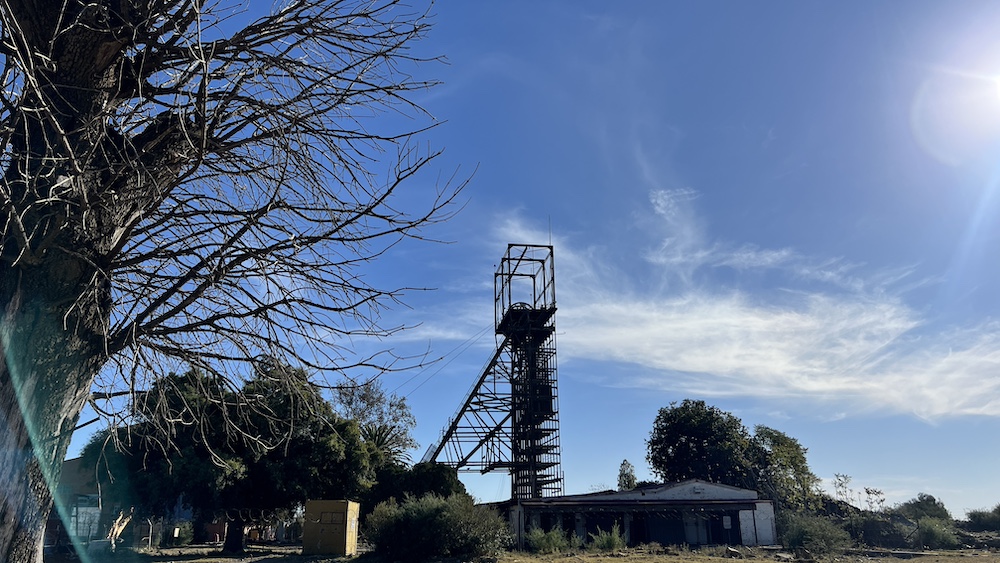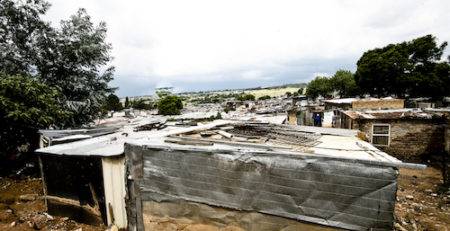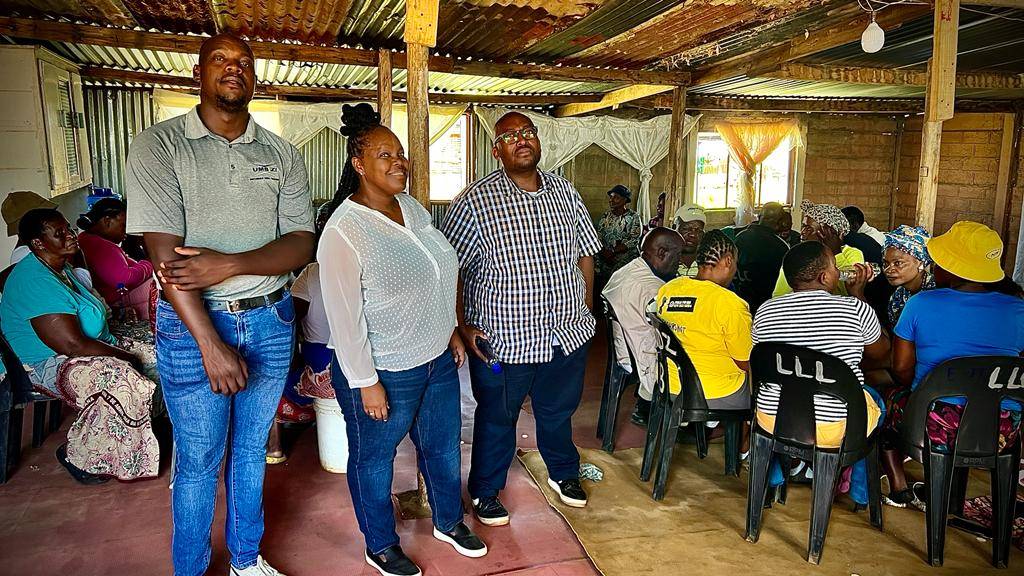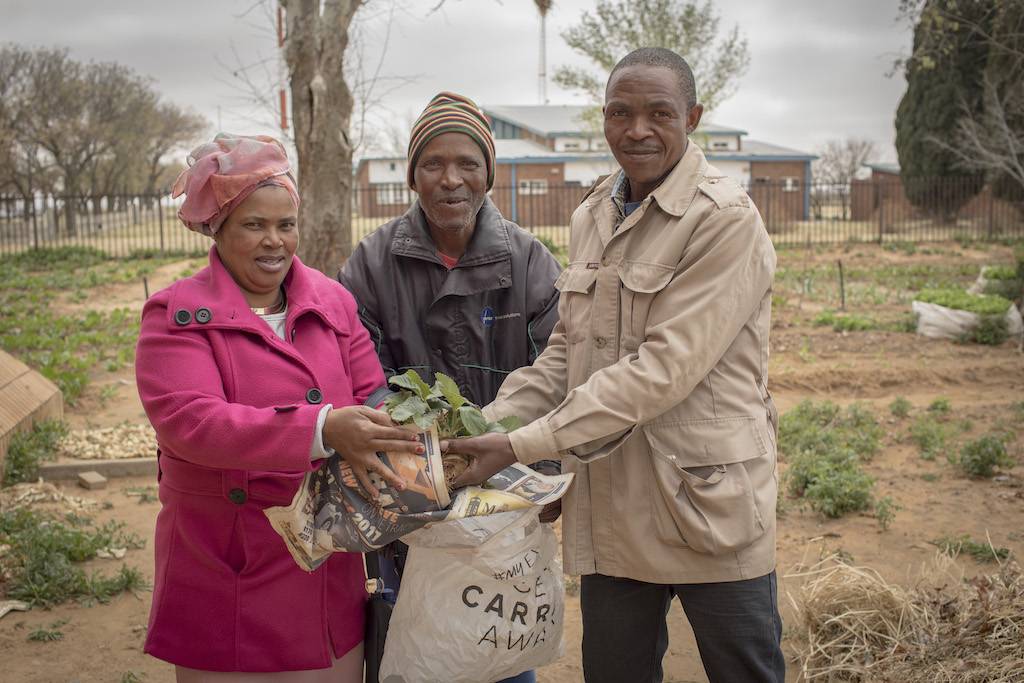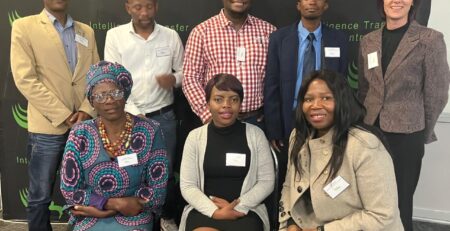Understanding South Africa’s Social and Labour Plan
Empowering Change: Understanding South Africa's Social and Labour Plan
From the dusty inception of the first mine in Springbok, South Africa in 1852, mining has held a pivotal role in the nation’s economic, social, and political landscape. Over the years, it has not only shaped the country’s geography, but also highlighted the glaring inequalities that inundated its industry. To address these issues and forge a more equitable future, the Social and Labour Plan (SLP) was introduced by the Department of Minerals and Resources (DMRE). This plan stands as a beacon of transformation, fostering progress through economic development and community growth.
Historical Inequalities in Mining
The roots of the SLP lie in acknowledging the historical challenges of South Africa’s mining sector. Originally, ownership of mines was monopolised by a minority of white individuals, which led to the neglect of vast mineral resources and marginalised groups like HDPs. Labor practices, such as the migrant-labour system, and neglect of safety issues exacerbated inequalities, while communities dependent on mining often suffered when operations ceased, resulting in abandoned or ‘ghost towns’.
The Birth of the Social and Labour Plan (SLP)
To rectify these historical injustices, and set the mining industry on a path toward meaningful transformation, the SLP emerged as a legal framework in South Africa around 2002 when the Minerals and Petroleum Resource Development Act (MPRDA) was promulgated. Acting as a contractual agreement between mining right holders and the DMRE, the SLP outlines specific commitments by mines to implement socio-economic development initiatives for both mine employees and the surrounding communities. This commitment is vital for a mine to secure its mining right, as well as its “social license” to operate.
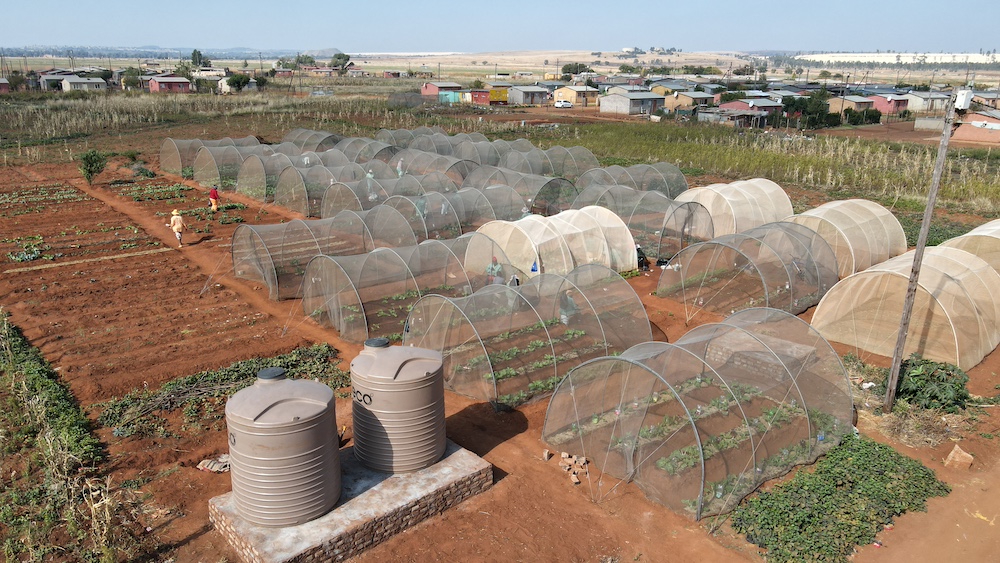
Key Elements of the SLP (Social & Labour Plan)
- Human Resources Development (HRD): The SLP emphasises the growth and development of mine employees, with a focus on HDPs. HRD programmes aim to equip workers with skills that enable personal advancement and create alternatives for livelihoods after their mining careers. These programmes include sub-programmes that promote skills development, employee progression within the organisation, and the acquisition of portable skills that can be utilised beyond the mine’s lifespan.
- Mine Community Development/Local Economic Development: The SLP promotes community growth by directing mining companies to contribute to socio-economic development. This involves identifying projects aligned with governmental development frameworks and community needs, such as bulk infrastructure, basic services, poverty alleviation, skills development, and enterprise and supplier growth. The SLP mandates that these projects target high-impact areas, and provide the greatest possible socio-economic benefits to a broad section of the population. By focusing on local economic development, the plan seeks to establish self-sustaining communities that thrive beyond the presence of mining activities.
- Procurement, Enterprise, and Supplier Development: Recognising the significance of local economic growth, the SLP drives mining companies to prioritise procurement from HDP-owned, women-owned, youth-owned, and Broad-Based Black Economic Empowerment (BBBEE) compliant companies. This emphasis on local procurement, and enterprise and supplier development, aims to create a more inclusive economic ecosystem that generates jobs, stimulates local business, and reduces dependency on external markets or the mining operation as suppliers.
- Housing and Living Conditions: The SLP mandates the submission of housing and living conditions plans that ensure employees and their families reside in decent homes and have improved living standards through access to basic services and bulk infrastructure. This includes the opportunity for home ownership, a crucial step toward restoring human dignity. By addressing the housing needs of workers and their families, the SLP aims to create an environment conducive to physical, emotional, and psychological well-being, ultimately fostering a more engaged and productive workforce.
- Management of Downsizing and Retrenchment: In alignment with the Mining Charter III (2018), the SLP necessitates plans for managing downscaling and retrenchment in a manner that minimises social and economic impacts on affected employees and communities. This includes the establishment of Future Forums comprising both mine management and contractor and employee representatives. These forums collaboratively address labor-related issues, explore alternatives to job losses, and implement strategies to reduce the negative consequences of downscaling and retrenchment.
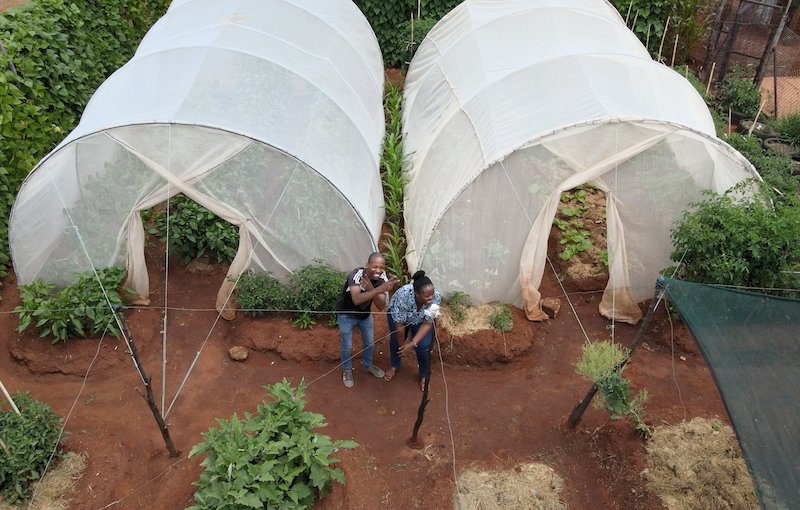
Achieving Transformation and Sustainability
In essence, the SLP serves as a vehicle for promoting transformation and equitable growth within the mining industry and its surrounding communities. This transformation is not just about achieving numerical quotas or regulatory compliance, but fostering an environment where HDPs gain access to opportunities, services, and resources that were previously denied to them. It is about rectifying the wrongs of the past, and building a more inclusive, sustainable future for all South Africans.
A Shared Responsibility
While the SLP is a vital instrument in driving transformation, it is not a standalone solution. The responsibility to transform the mining sector and uplift communities falls on the shoulders of multiple stakeholders: mining companies, communities, government bodies, and society at large. True progress requires a collaborative effort, with mines working hand in hand with communities and local governments to design and implement long-term sustainable plans. This cooperative approach not only empowers communities, but also ensures that the benefits of mining extend beyond the lifetime of a single operation.
The Journey Ahead
As South Africa continues on its path towards a more equitable society, the SLP is a cornerstone of transformation. It encapsulates the collective commitment to address historical imbalances, uplift HDPs, and promote sustainable development. By embracing the responsibilities outlined in the SLP, mining companies, communities, and the nation as a whole can move forward with the shared goal of building a brighter, more inclusive future. The SLP isn’t just a legal requirement; it’s a roadmap to progress, equality, and prosperity for all.
Through its implementation, South Africa can rewrite the narrative of its mining industry, ensuring that the wealth beneath the earth benefits every citizen above it.
How can Umsizi help?
Umsizi holds extensive knowledge and experience in the mining, social development, and legal compliance sectors. This is achieved through our deep understanding of community dynamics, experience gained from years of direct partnerships across a spectrum of stakeholders, working with a diverse portfolio of clients from burgeoning junior mines to major mining corporations with global investors. Our expertise extends to the comprehensive understanding of Social and Labour Plans (SLPs) and the critical role they play in ensuring compliance with South Africa’s mining legislation. We are adept at crafting SLPs that not only meet legal requirements, but also foster sustainable community upliftment and enhance corporate social responsibility. Umsizi is known as an industry leader in assisting companies establish a robust foundation for sustainable growth to ensure operations thrive in alignment with both their social licence to operate and the broader alignment to sustainable ESG goals.
We assist our clients in aligning their operations with Environmental, Social, and Governance (ESG) standards and principles. By implementing best practices, we can help in defining clients’ ESG strategy, framework and criteria that is essential for maintaining their social license to operate. Our strategic approach to ESG compliance positions Umsizi as a leader in promoting responsible mining practices that align with both local and global governance frameworks, and sustainability goals.
